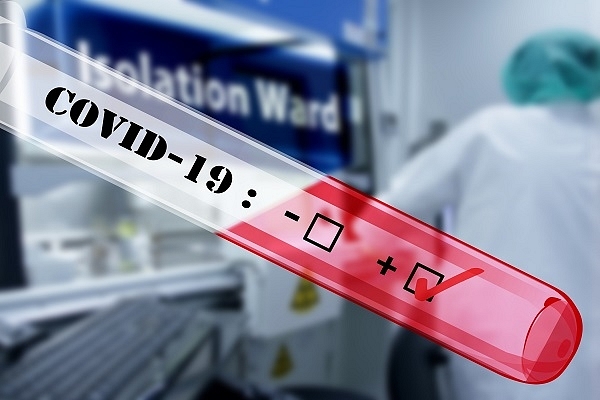Insta
Spain Returns Coronavirus Test Kits To China After Finding Out They Don’t Work

Covid 19
Spain, one of the worst-hit countries in Europe by the Coronavirus pandemic, has decided to send back the first batch of covid-19 testing kits it purchased from China after they were found to be inconsistent in detecting positive cases, showing an accuracy level below 30 per cent, therefore making them unusable, reports ANI.
According to the report, Spanish health authorities have warned that the rapid coronavirus kits procured from China are faulty.
"They do not detect the positive cases as expected," a source working at a Spanish microbiology lab was quoted as saying.
One of the microbiologists who has analysed the Chinese test said, "With that value it does not make sense to use these tests."
After evaluating the Chinese kits, experts are of the view that they will have to continue using the current PCR (polymerase chain reaction) method that detects the RNA of the virus in an exudate sample nasopharyngeal (a stick is inserted through the nose or through the mouth to collect it).
The PCR method is a laborious technique, which requires specific equipment (the reactions take place in machines called thermocyclers in real time) and up to four hours until the result is obtained.
In view of the very high error rate of the kits, Spain, which has witnessed over 4,000 deaths due to Covid-19, has announced that it is sending the back the test kits that it received from China.
Chinese embassy in Spain, however, said that the batch of faulty kits was not part of the 423 million Euro deal, which includes 5.5 million testing kits, signed between the two countries recently.
The Embassy further claimed that the kits had come from an unlicensed provider.
As per the report, in a similar case, the Czech Republic has also found nearly 80 per cent Chinese test kits to deliver false results.
Support Swarajya's 50 Ground Reports Project & Sponsor A Story
Every general election Swarajya does a 50 ground reports project.
Aimed only at serious readers and those who appreciate the nuances of political undercurrents, the project provides a sense of India's electoral landscape. As you know, these reports are produced after considerable investment of travel, time and effort on the ground.
This time too we've kicked off the project in style and have covered over 30 constituencies already. If you're someone who appreciates such work and have enjoyed our coverage please consider sponsoring a ground report for just Rs 2999 to Rs 19,999 - it goes a long way in helping us produce more quality reportage.
You can also back this project by becoming a subscriber for as little as Rs 999 - so do click on this links and choose a plan that suits you and back us.
Click below to contribute.
Latest